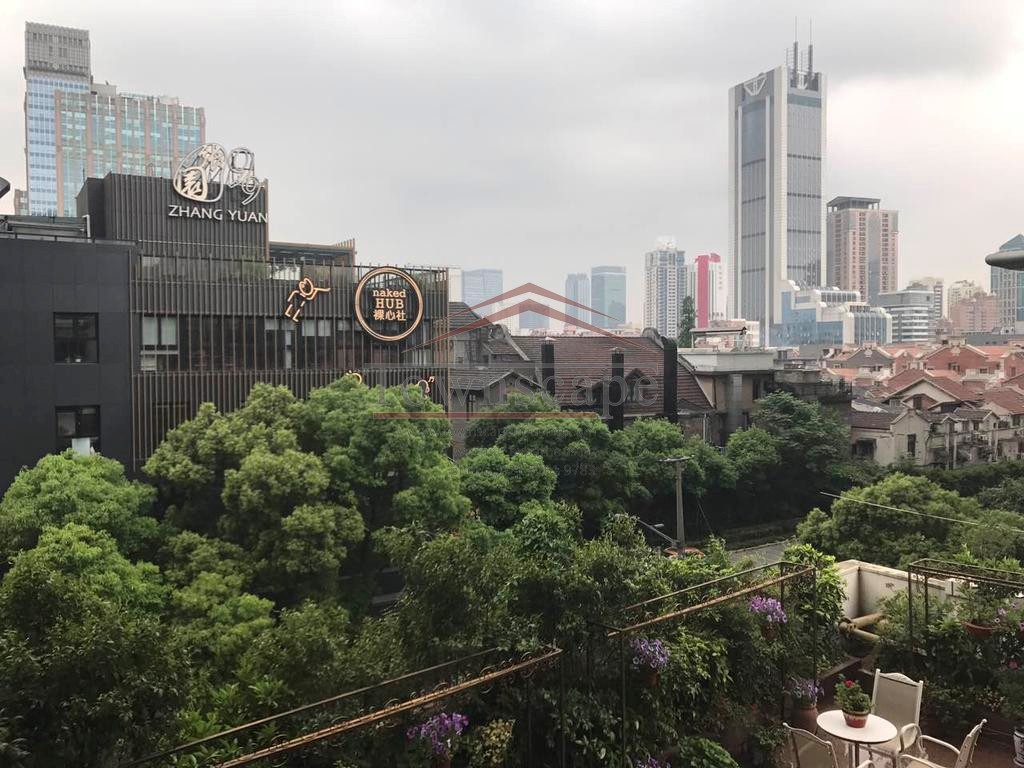
If you're flying into Shanghai, there are bus and train services that travel to and from Nanjing. To find the actual bus service, enter the bus station building and go to Gate 7 - buy the ticket from the kiosk at the gate, not the main ticket office. WARNING - if taking the bus to the airport from Zhonghuamen or Nanking Railway Station, ignore the touts who hang around outside the bus station and metro station claiming to operate the official bus service - they will usually quote the same price, you'll be loaded into the back of a small, run-down minibus and will usually drop you off several kilometres short of the airport and claim that the fare into the actual airport is several hundred yuan. A one-way ticket costs ¥20 and can be purchased from the kiosk outside the arrivals hall. The services run at 15-minute intervals with one line serving Zhonghuamen (also has good metro and bus connections) and Hanzhongmen, while the other runs to the east of the city and stops close to Fuzimiao. There are two express-bus routes from the airport to downtown Nanjing - both terminate at the railway station and connect with the subway and local city buses. It is usually cheaper to take the airport bus to the centre and take a taxi from there. The 30-minute taxi journey to the city centre costs ¥100 or more (there's a ¥20 toll about 3 km away from the airport). It costs ¥6 and takes 30 minutes to get to Nanking South Station and can transfer to other lines (Line 1 to city center (Shinjiekou) or Line 3) from there. Subway line S1(Airport line) is probably the cheapest way to the downtown. There are several options to get from the airport to Nanjing. You can also fly to Lukou International from most major cities in China, including Hong Kong (Shanghai now also has a daily night-time flight from Pudong primarily aimed at connecting international travellers.) There is a shuttle bus available from the airport. Nanjing's Lukou International Airport is about 35km from the city centre and serves inbound international flights from Japan, Korea, Thailand, Malaysia, Singapore and Germany. Overall the best time of the year to visit Nanjing is April-May when it's neither cold nor hot and there is an acceptable amount of sunshine. Light snow does fall at least once a year but major snowstorms are rare with the last one being in January 3rd 2018. The lowest recorded temperature is -14☌ (7☏). Cold waves affect the area and mornings with below -5☌ (23☏) temperatures aren't uncommon. The average January temperature is 2.7☌ (36.9☏) and night lows are usually around freezing point. This happens, because the city doesn't have any geographical barriers to protect it from the freezing northern siberian winds (Wuhan and Changsha are both protected by mountains, while Shanghai is a coastal city). Winters in Nanjing are cold, colder in fact than many cities along the Yangtze River Basin, like Wuhan, Changsha or Shanghai. Hot summers, though, doesn't mean warm winters.

The highest recorded temperature is 40.7☌ (105.3☏).


35☌ (95☏) or above readings, usually occur sometimes but long hot periods are rare. On the other hand, summers are sunnier than winters and all of precipitation (which is a lot due to the summer monsoon) falls as downpours leaving enough time for the sun to come out. Daily highs usually surpass 32☌ (90☏) which along with the the humidity (80%), can make the heat unbearabale.

The average July temperature is 28.1☌ (82.6☏). It is one of the 3 members of China's Three Furnaces along with Wuhan and Chongqing, both of them known for their hot and muggy summers with Nanjing being no exception. Nanjing has a humid subtropical climate, influenced by the East Asian Monsoon. With a current urban population of approximately 5 million people, Nanjing is an important centre for commerce and trade in Eastern China. It was most recently the capital of China under the Kuomintang, from 1927 until their retreat to Taiwan in 1949. It has many historical sites including Ming tombs that are on the UNESCO World Heritage List. Nanjing means "southern capital" (versus Beijing meaning "northern capital".) It is a renowned historical and cultural city and was the capital of several dynasties over the course of Chinese history. The Sun Yat-sen mausoleum, one of Nanjing's many historical sites


 0 kommentar(er)
0 kommentar(er)
